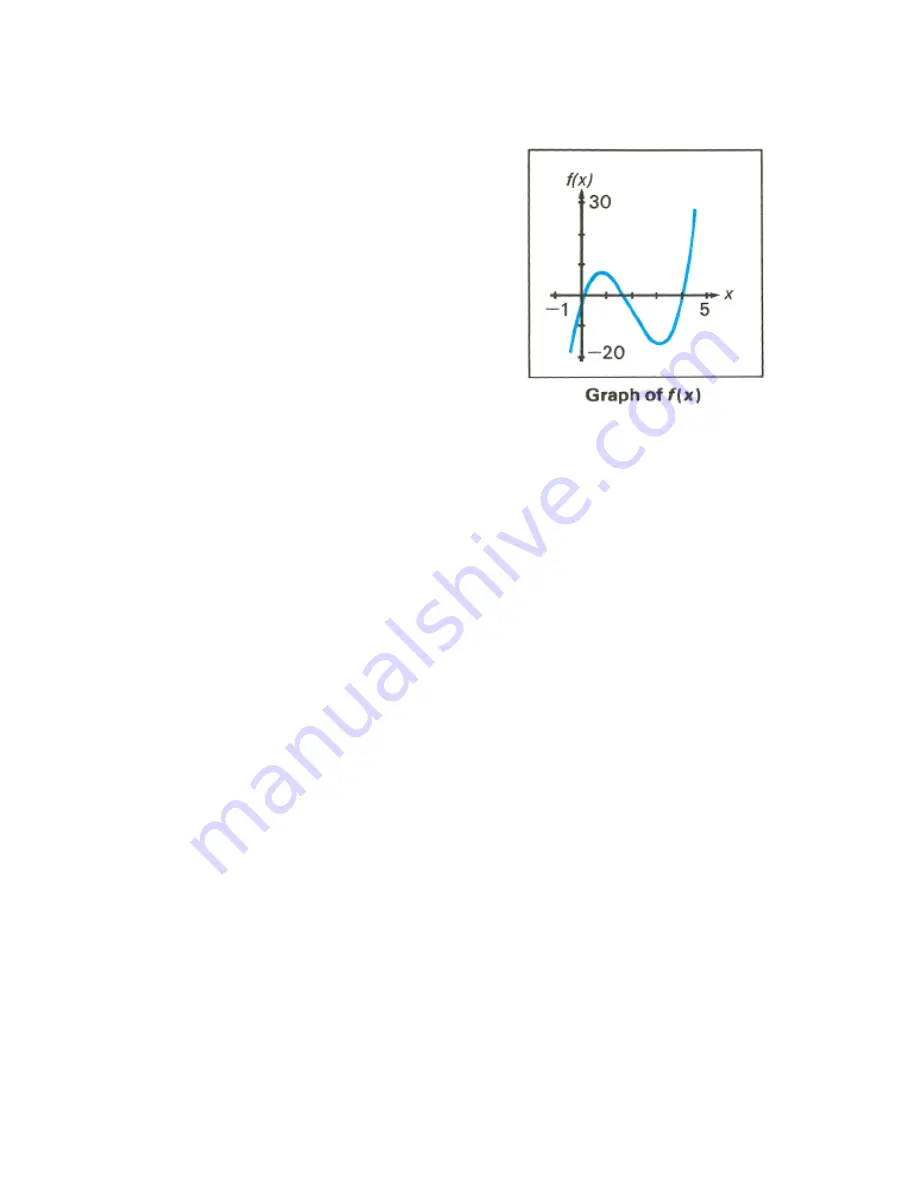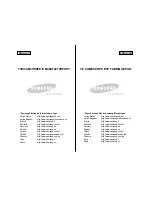
Section 13: Finding the Roots of an Equation 191
By making the height 1.5 decimeters, a
5.0×1.0×1.5-decimeter box is specified.
If you ignore the upper limit on the
height and use initial estimates of 3 and
4 decimeters (still less than the width),
you will obtain a height of 4.2026
decimeters – a root that is physically
meaningless. If you use small initial
estimates such as 0 and 1 decimeter,
you will obtain a height of 0.2974
decimeter – producing an undesirably
short, flat box.
As an aid for examining the behavior of a function, you can easily evaluate
the function at one or more values of
x
using your subroutine in program
memory. To do this, fill the stack with
x
. Execute the subroutine to calculate
the value of the function (press
´
letter label or
G
label.
The values you calculate can be plotted to give you a graph of the function.
This procedure is particularly useful for a function whose behavior you do
not know. A simple-looking function may have a graph with relatively
extreme variations that you might not anticipate. A root that occurs near a
localized variation may be hard to find unless you specify initial estimates
that are close to the root.
If you have no informed or intuitive concept of the nature of the function or
the location of the zero you are seeking, you can search for a solution using
trial-and-error. The success of finding a solution depends partially upon the
function itself. Trial-and-error is often – but not always – successful.
If you specify two moderately large positive or negative estimates and
the function's graph does not have a horizontal asymptote, the routine
will seek a zero which might be the most positive or negative (unless
the function oscillates many times, as the trigonometric functions do).
If you have already found a zero of the function, you can check for
another solution by specifying estimates that are relatively distant
from any known zeros.
Graph of
f(x)
Summary of Contents for HP-15C
Page 1: ...HP 15C Owner s Handbook HP Part Number 00015 90001 Edition 2 4 Sep 2011 ...
Page 17: ...Part l HP 15C Fundamentals ...
Page 64: ......
Page 65: ...Part ll HP 15C Programming ...
Page 118: ...118 ...
















































